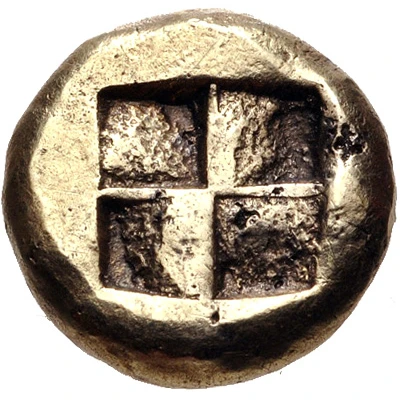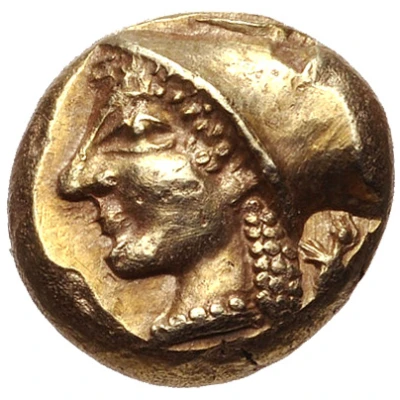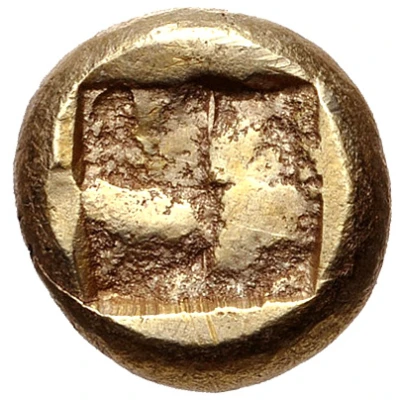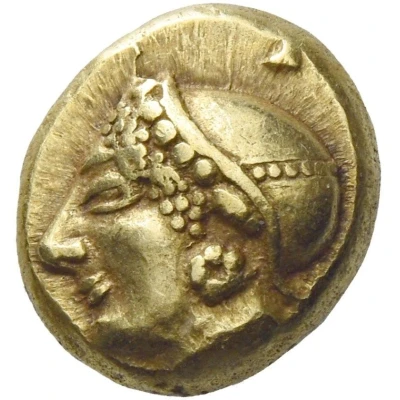
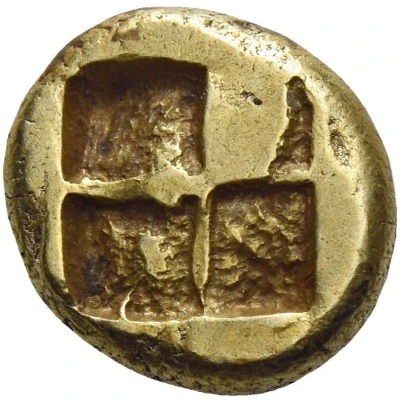

© Numismatica Ars Classica NAC AG
Hekte 521 BC - 478 BC
| Electrum | 2.59 g | 10.0 mm |
| Issuer | Phokaia (Ionia) |
|---|---|
| Type | Standard circulation coin |
| Years | 521 BC - 478 BC |
| Value | Hekte (10⁄3) |
| Currency | Drachm |
| Composition | Electrum |
| Weight | 2.59 g |
| Diameter | 10.0 mm |
| Shape | Round (irregular) |
| Technique | Hammered, Incuse |
| Orientation | Variable alignment ↺ |
| Demonetized | Yes |
| Updated | 2024-10-10 |
| Numista | N#389798 |
|---|---|
| Rarity index | 100% |
Reverse
Quadripartite incuse square.
Interesting fact
The Hekte coin was used as a form of currency in the ancient city of Phokaia, which was located in the region of Ionia (now modern-day Turkey). Despite its small weight of 2.59 grams, the Hekte was a valuable coin during its time and was widely used for trade and commerce. Its value was equivalent to about 1/6 of a standard Greek drachma, which was the main currency used in ancient Greece. The Hekte coin was made of electrum, a naturally occurring alloy of gold and silver that was highly valued in ancient times for its rarity and durability. The coin's design featured an image of a lion's head on one side and an inscription on the other side that read "ΦΩΚΑΙΩΝ" (Phokaion), indicating its origin from the city of Phokaia. Overall, the Hekte coin is an interesting piece of history that provides insight into the economic and trade practices of ancient civilizations.
Price
| Date | Mintage | VG | F | VF | XF | AU | UNC |
|---|---|---|---|---|---|---|---|
| ND (521 BC - 478 BC) | - | - | - | - | - | - |
Values in the table are based on evaluations by sales realized on Internet platforms. They serve as an indication only for Hekte (521 BC - 478 BC) coin.

